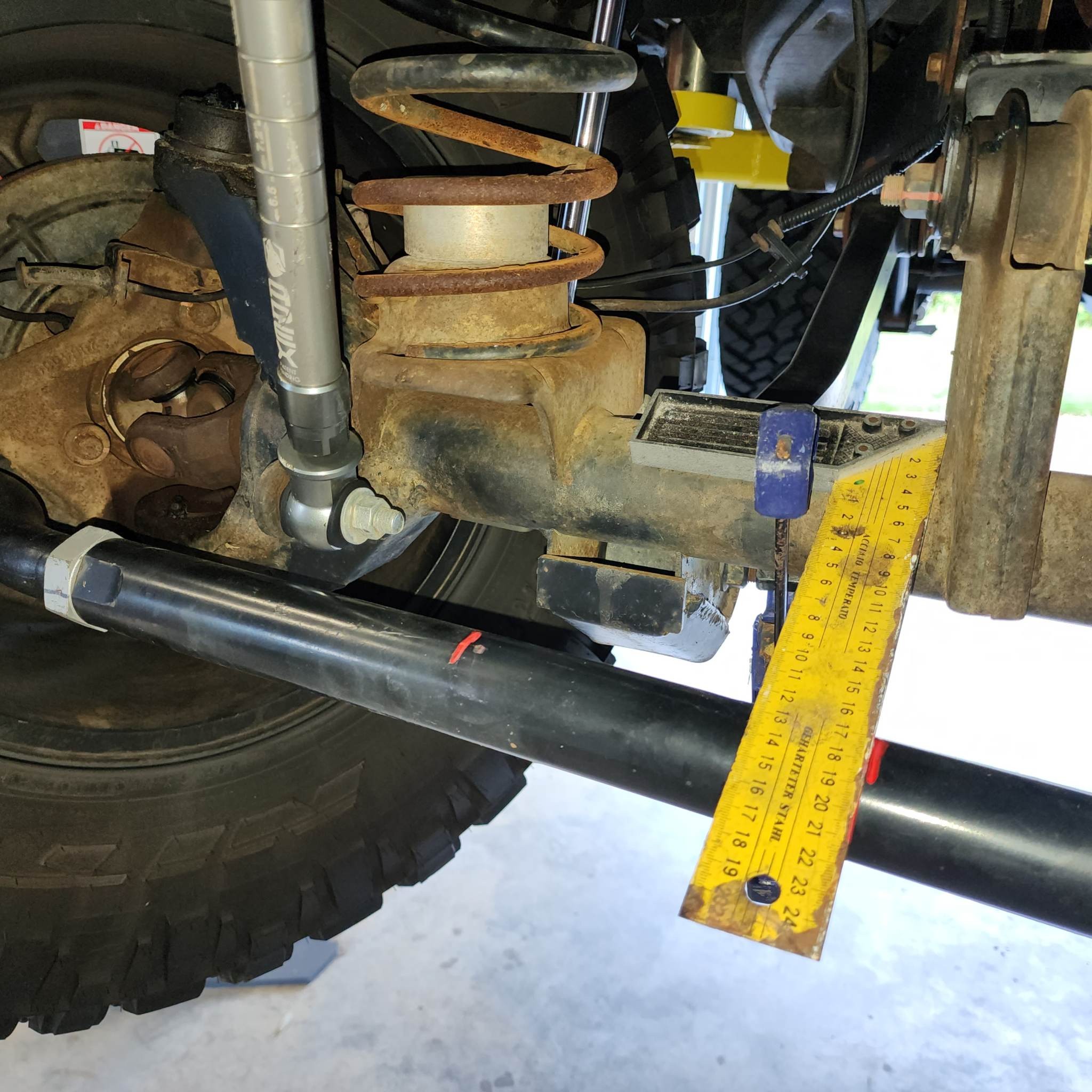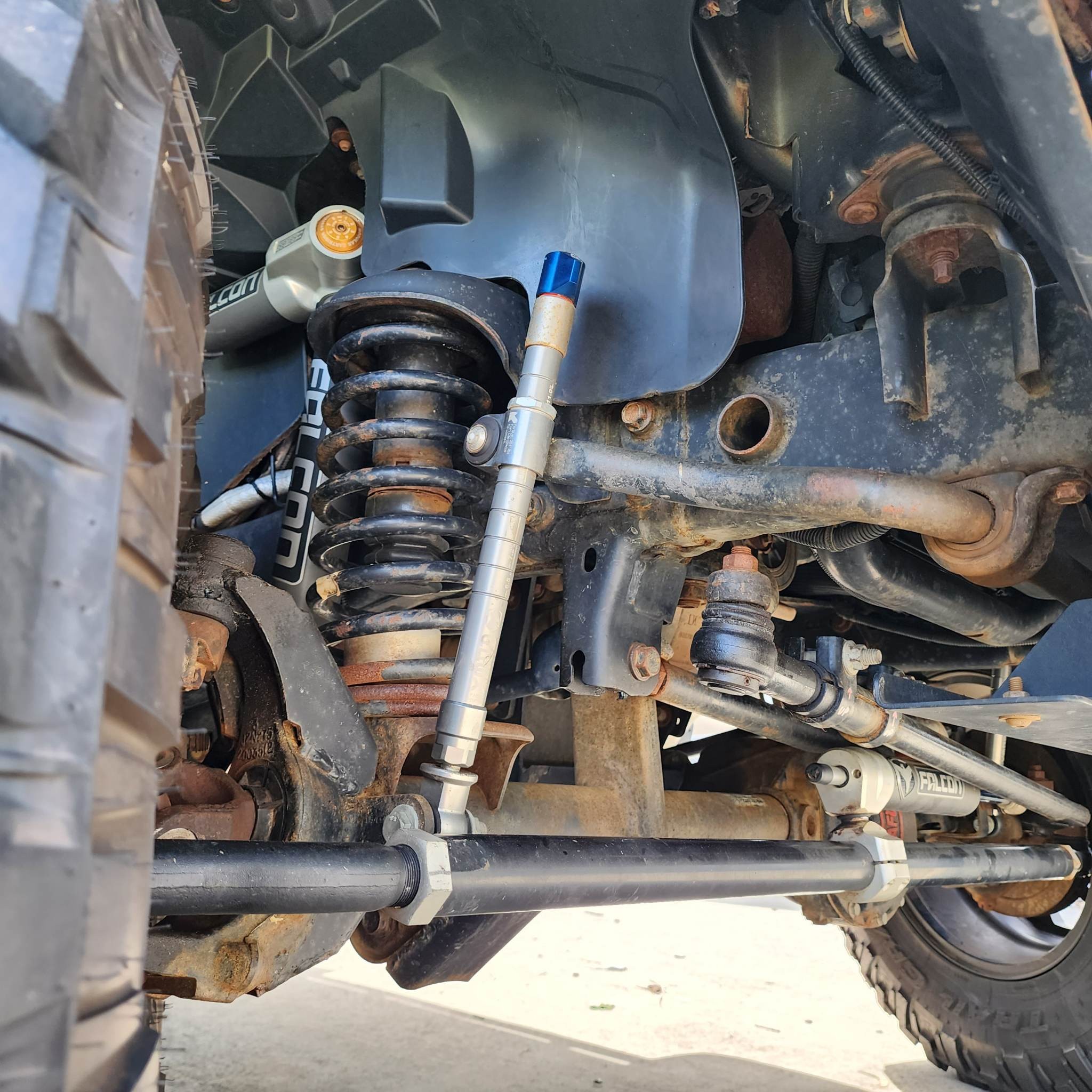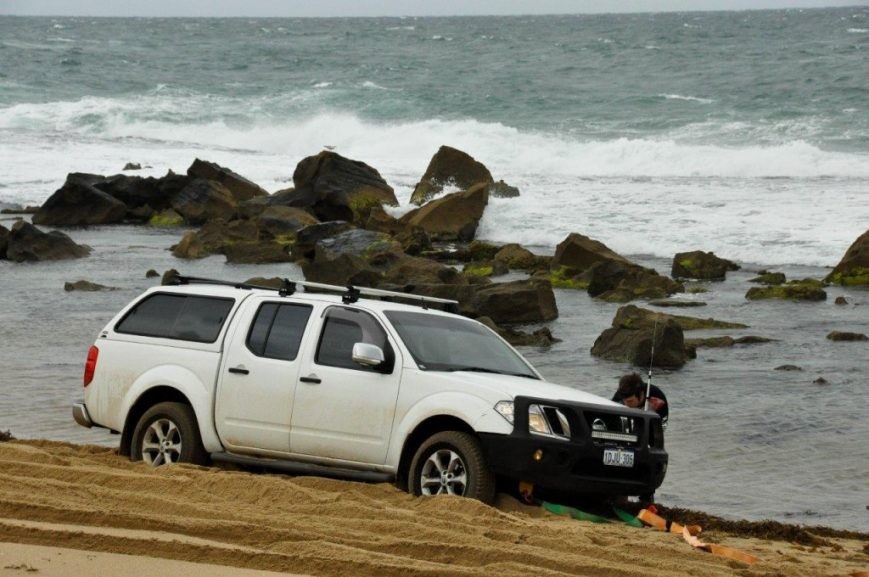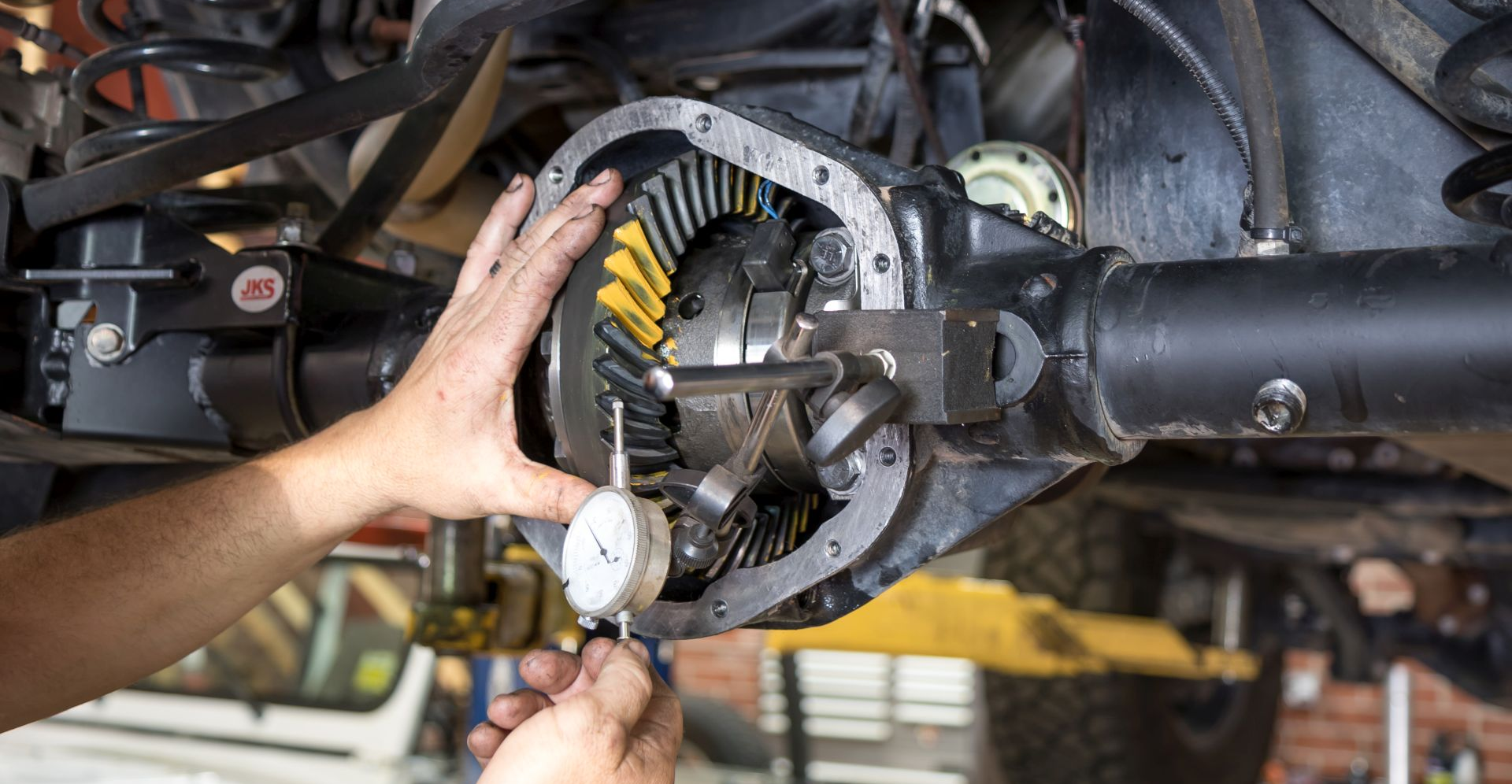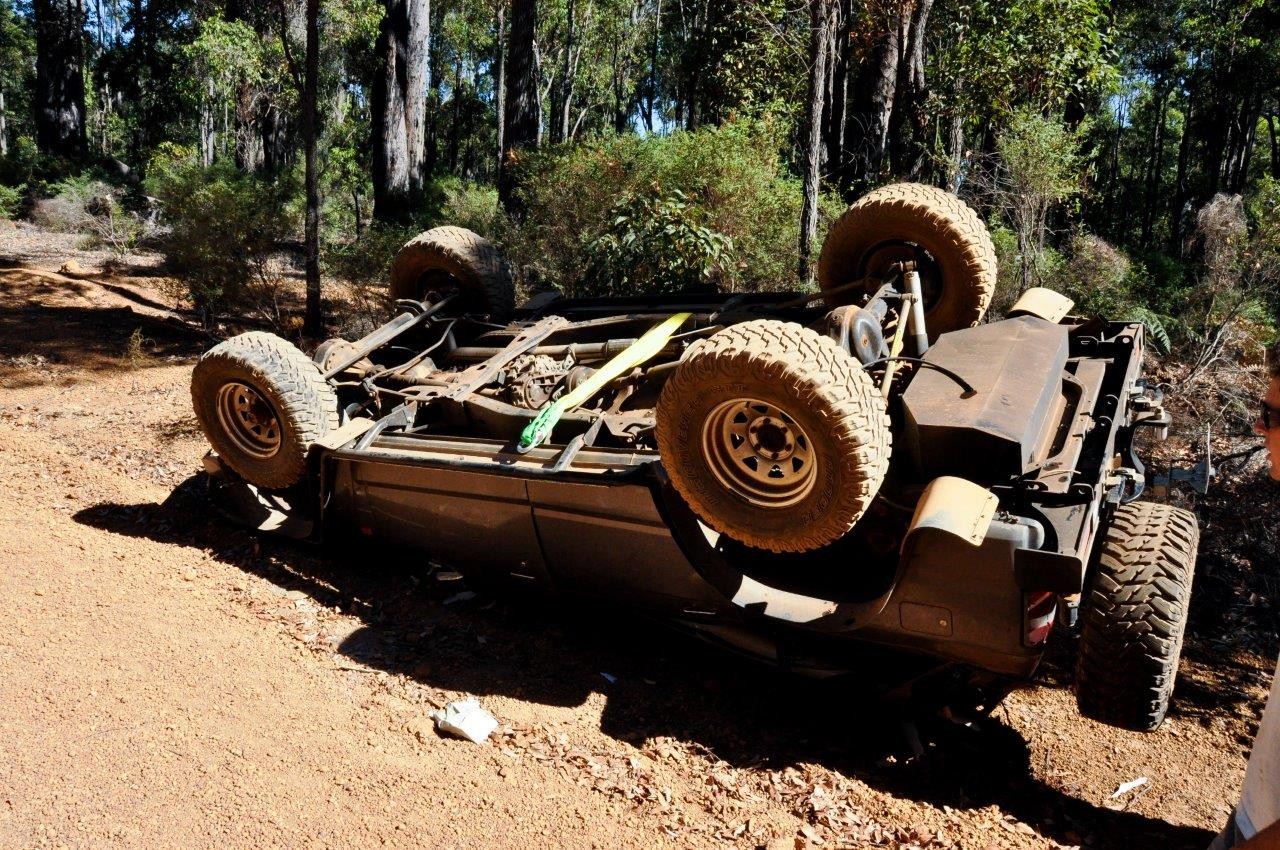How to perform a safe recovery
Being able to recover your vehicle is an essential skill for anyone who plans to head off road, but it’s also a potentially dangerous thing to do. A recovery means being around heavy vehicles with powerful engines and uneven or unstable ground, and there will probably be highly tensioned snatch straps involved as well. This all adds up to a lot of potential for serious – even fatal – accidents.
Recoveries will never be completely safe, because there’s just too much weight and force involved. That doesn’t mean you can’t seriously reduce the risk, though. If you know what you’re doing, recovery goes from an accident waiting to happen to something that’s well within acceptable risks.
Get kitted up
The best guarantee of safe recovery is to have the right gear. Trying to haul another wagon out with a bit of old rope is asking for trouble, but with quality recovery gear in good condition you’ll have no trouble. Recovery straps don’t have an infinite life – they’re generally good for eight to ten recoveries, but check the instructions for yours. Once a strap has been used the recommended number of times, replace it – don’t try to economise here. Every time you use a strap, wash and inspect it to see if it’s picked up any damage.
Always get the best recovery kit you can afford, and make sure it’s the right rating for your vehicle. Make sure recovery points, straps, shackles and other gear are rated high enough to cope with the vehicle, a full load and anything you tow.
Read the ground
Before you dive in and get to work, take some time to check out the situation. Make sure it’s safe to recover the vehicle – if it looks in danger of rolling, try to remove weight from high up. Work out the recovery route you’re going to use and clear it of any rocks, logs and other obstructions; that will cut the strain on your equipment, and reduce the risk of losing control.
Examining the ground will also give you a good idea of the best way to carry out the recovery. You might see that some quick work with a shovel and a good push is all you need, and save yourself some work rigging straps.
Don’t rush
Trying to recover in a hurry isn’t a good move. It’s better to plan it properly and do a thorough job. If you rush you’ll take short cuts, as well as running around the site and risking a slip or trip.
Take it easy with winches, too. Don’t try to shock load it by winching and driving at the same time; keep the vehicle stationary and let the winch handle the load. The winch itself needs to be regularly maintained, including checking the cable for any weaknesses that might be developing.
Don’t take shortcuts like using a tow hook as a recovery point; stick to properly rated points. Always use strap dampers or blankets on your snatch straps, and keep an eye out for onlookers – people get curious about what’s going on, and sometimes they want a closer look than is safe for them.
Recovery can be dangerous, but if you know what you’re doing and you’re properly prepared you shouldn’t have any dramas. Almost all
recovery accidents happen because someone cut a corner or didn’t know what they were doing; avoid those pitfalls and you’ll be fine.

